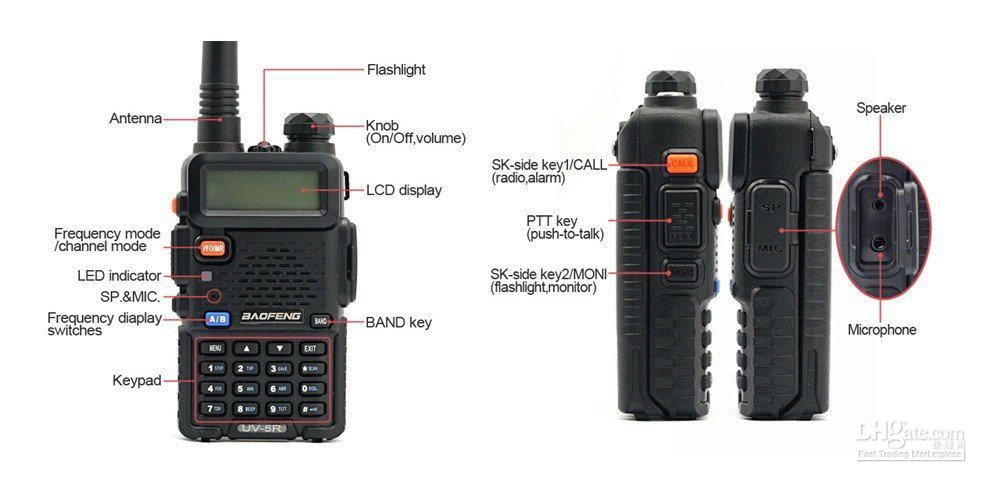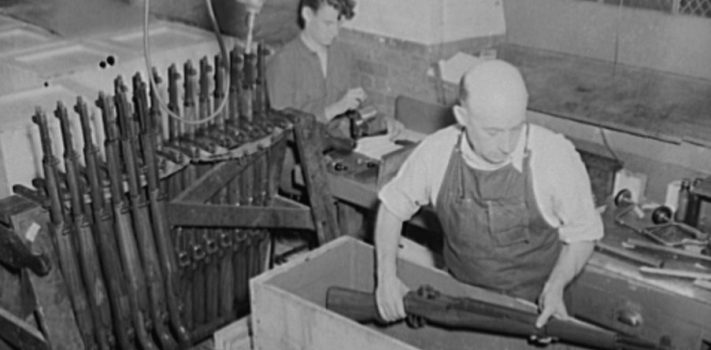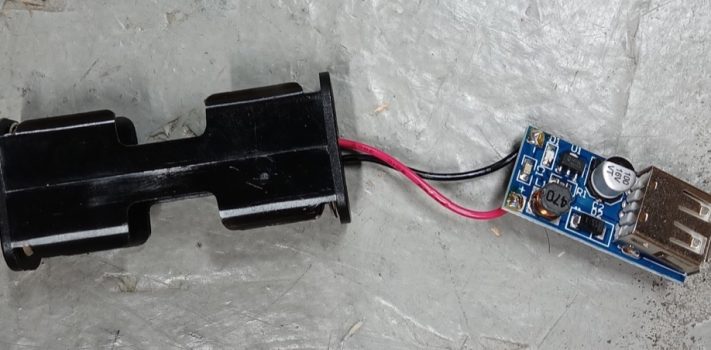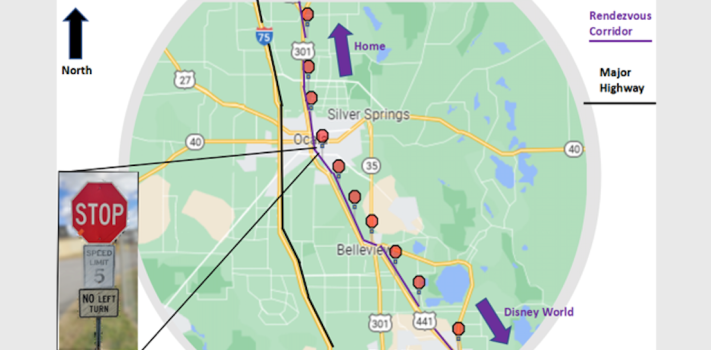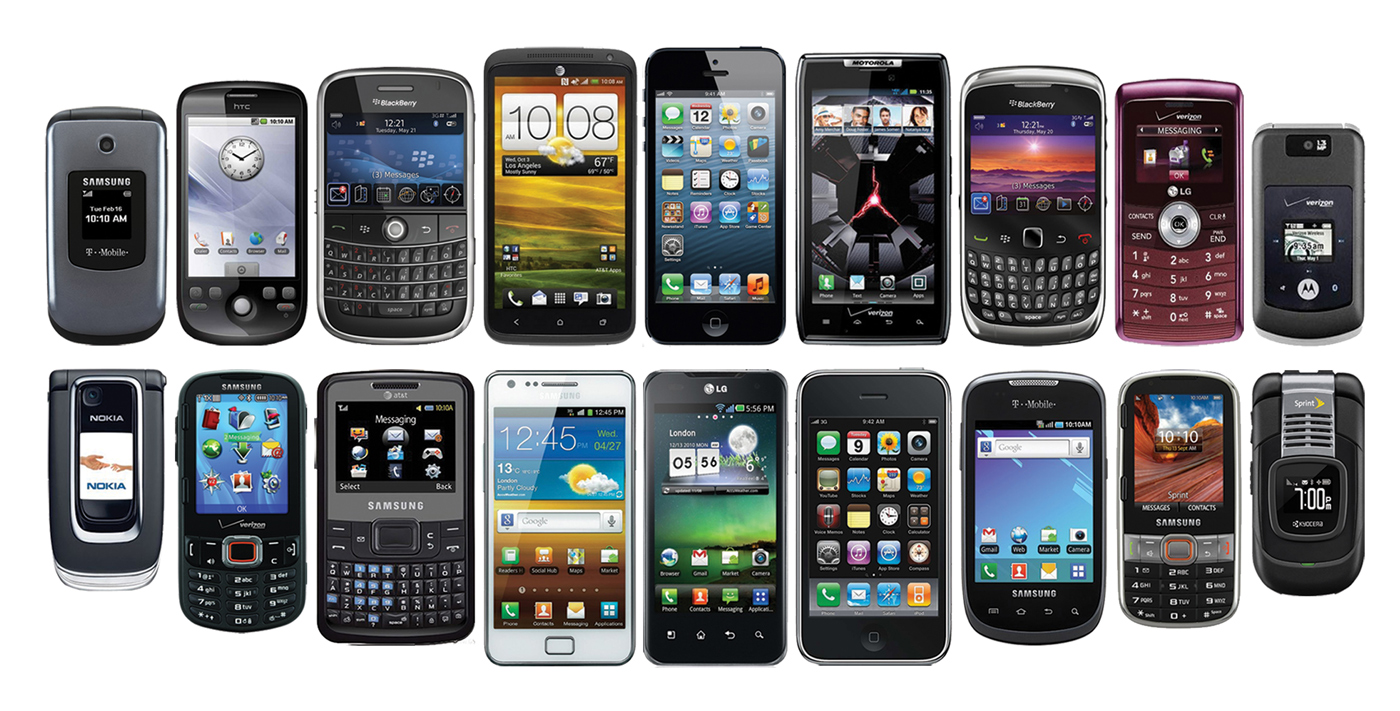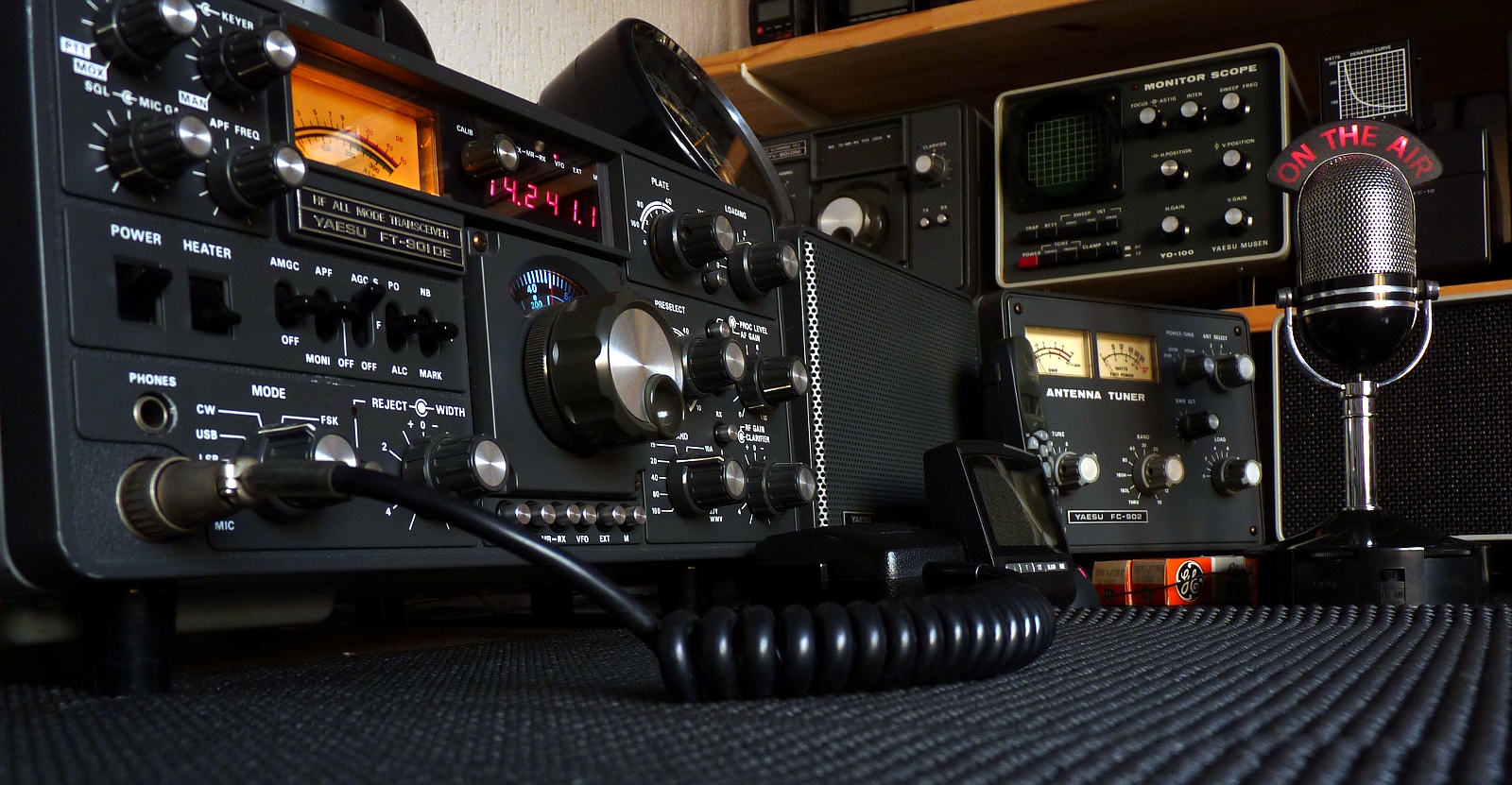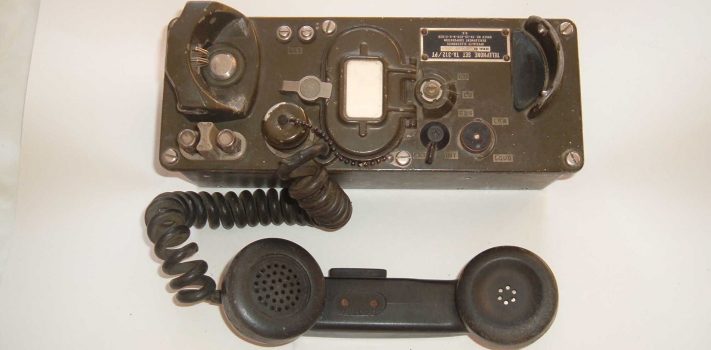Commo for Family, Group, or Community – Part 3, by Tunnel Rabbit
(Continued from Part 2.) Test All Antennas for Acceptable SWR The antenna manufacturer of the Tram 1481 boosts an impressive gain on the VHF side of 8 dBi. Given the low power tests conducted, I found this figure plausible as 3.5 watts sent to the dual band Tram 1481 antenna mount only a few feet off the ground was easily received by a Baofeng UV5R on a J-pole located at a distance of 18.3 miles away LOS, and on the other side of a small mountain. The signal was reflect around the mountain. The SWR on low power at that …

